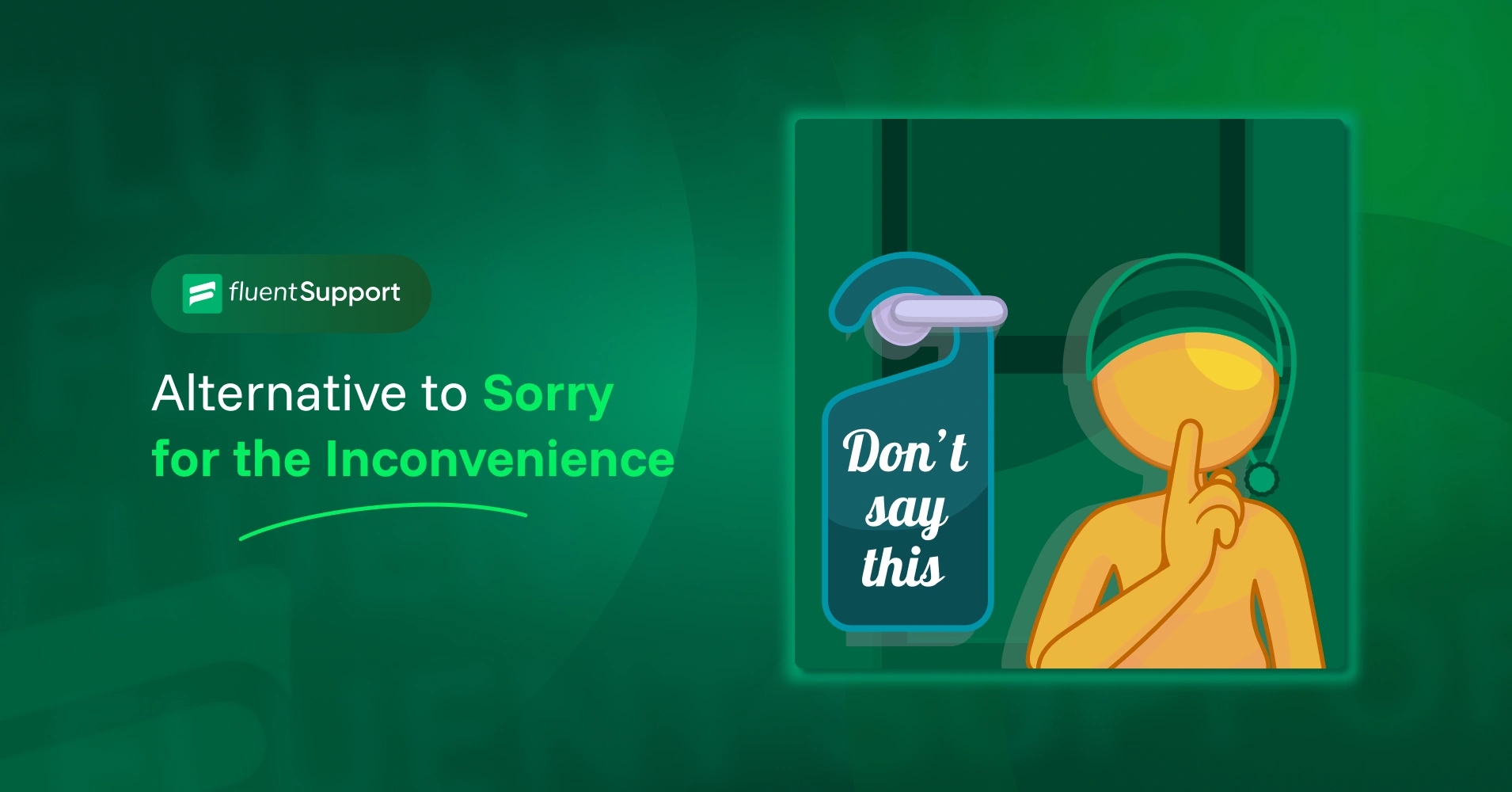
Stop Saying “Sorry for the Inconvenience” to Customers
By Md. Sajid Sadman
July 31, 2025
Last Modified: November 13, 2025
“Sorry for the inconvenience” is an overused, vague apology that feels impersonal and fails to truly address a customer’s problem or feelings. It often leaves customers feeling unheard and distrustful, hurting the support experience.
This one is an echo of a bad apology, and yes, it just doesn’t work.
If you work in customer service, you’re familiar with this phrase. You type it often. It seems polite, right? It feels safe. But this old phrase has become like a broken record. It plays the same tune over and over. And it often hurts more than it helps.
Today, customers want real talk. They want you to understand their problem. They want you to own it. And they want you to fix it. A plain, old “sorry for the inconvenience” doesn’t build trust. It can make customers feel like you don’t care. They want to feel seen. They want to feel heard. They want to feel truly helped.
This guide will truly change how you talk to customers.
You’ll learn why old apologies like “sorry for the inconvenience” don’t work, understand the psychology of a good apology, and get exact words for many problems. We’ll show you how to talk on different apps and give real examples to make customers happier.
This helps make your customer feel you are empathetic, they will feel valued, and you will get their trust.
Let’s start the reading.
Why does “Sorry for the inconvenience” backfire?
This small phrase might seem kind. You might think it’s a safe choice. But in customer support, it often causes problems without making a sound. It falls flat (backfires). It makes customers feel absolutely bad.
Let’s look at the reasons…
It’s a “Ghost Apology” (not clear enough)
When you say “inconvenience,” it’s very vague. It’s not clear. Customers often feel you’re not really saying sorry for their exact problem. They wonder, “What inconvenience are they talking about?” You’re not naming their upset. This makes your apology weak. It feels like you’re trying to hide the real issue. It shows you haven’t truly grasped their specific pain.
It’s like a robot talking (templated reply)
This phrase is used so much. It’s everywhere. So, it sounds like a machine wrote it. Not a real person. Imagine getting a message from a close friend that sounds like a robot. You wouldn’t feel close to them. The same is true for a company. This makes customers not trust you. It makes them feel you don’t care about them as a person. It creates distance, not connection.
It’s an empty promise (no true empathy)
A true apology shows you understand someone’s feelings. This phrase doesn’t do that. It’s too general. It doesn’t show you feel their unique problem or their unique upset. Without showing real feeling, the apology feels empty. It’s just words. Good help means you connect with feelings. This phrase doesn’t help you do that at all. It feels cold.
It’s a blame game (avoids responsibility)
“Sorry for the inconvenience” often doesn’t clearly say who made the mistake. It avoids saying, “We messed up.” Customers want you to own the problem. They want you to take responsibility. If you don’t, they can get even madder. They may feel you’re trying to avoid the issue. They want to see that you care enough to say, “This was on us.” This builds trust.
Starter: Let’s know the psychology of a good apology
A strong apology isn’t just saying “sorry.” It’s like building a strong bridge. It connects your company to the customer. It changes anger into trust. A powerful apology has three key parts. These parts work together. They help make things right. They build trust that lasts.
First, you must say what went wrong. Use clear words. Name the exact problem. Show the customer you truly understand their issue. Say it like you see their side of the story. This makes you seem honest. It helps them trust you. It shows you know what is going on. This builds strong belief in you.
Next, show you care about how they feel. This is called empathy. It doesn’t matter if the problem seems small to you. Think about how the customer feels. Do they feel upset? Worried? Annoyed? Show you understand their feelings. Tell them, “I understand this is upsetting.” This helps you connect with them. It shows you are on their side. It closes the gap between you and them.
Last, say how you will fix the problem. This is the most important part. Giving clear next steps changes your apology into action. You are not just saying words. You are solving their problem. This makes them feel better. It gives them hope. It shows you are taking action for them.
When support teams use these three parts well, customers are much happier. Fewer customers get very angry. You spend less time fixing big problems. And people feel more loyal to your company. They will stay with you because they trust you.
Your blueprint for perfect apologies (alternative to “sorry for the inconvenience”)
Now, for the part you’ve been waiting for!
This is where you get your hands on the exact words and phrases that truly work. Forget that old standby like “sorry for the inconvenience” and other similar weak apologies.
We’ll show you how to connect better, fix problems faster, and make customers feel truly heard in different situations.
Get ready for your new “power words” > they’re absolute game-changers for every support moment.
1. Website or service is down: the critical stop
Your website or product is not working. This is a very big problem for customers. It stops their work. It can cost them time or money.
Don’t say:
“Sorry for the inconvenience.”
Do say:
“We know how much you need access. We are truly sorry for the downtime. Our team is working fast to get the service back. We will tell you what is happening every 30 minutes.”
It shows you know their need (“how much you need access”). It takes the blame clearly (“truly sorry”). It gives a clear fix (“working fast to fix it”) and updates (“every 30 minutes”). This makes them feel calm and informed. It shows care for their critical task.
2. Late reply: The annoying wait
You took too long to answer their message. They had to wait for your help. This can make them feel ignored or less important.
Don’t say:
“Apologies for the delay.”
Do say:
“Thank you for waiting. We are very sorry it took longer to reply. Here is what we found about your issue. And here is how we will fix it today.”
It thanks them for waiting (“Thank you for your patience”). It says sorry for the long wait (“very sorry it took longer”). It gives facts and a fix right away. This shows you value their time and are ready to help them now.
3. Product has a bug: the unexpected glitch
Your product has a small error or “bug.” It is not working right for them. This causes frustration. It stops them from doing what they need.
Don’t say:
“Sorry for the inconvenience.”
Do say:
“You found a bug, thank you! We are sorry this stopped your work. We have told our tech team about it. A fix is coming in our next update. We will let you know when it is ready.”
It thanks them for helping (“You found a bug, thank you!”). It says sorry for their specific problem (“stopped your work”). It shows you are working on it (“told our tech team,” “fix is coming”). It gives a clear next step. This makes them feel like a valued helper, not just a complainer.
4. Shipping or delivery is late: the broken promise
Their order is late. It has not come when it should. This can be very upsetting. They might have plans for the item.
Don’t say:
“Apologies for the delay in delivery.”
Do say:
“We know how upsetting late deliveries can be. We are truly sorry for this delay. We have talked to the delivery company. We have made your shipment faster. Expect it by [date].”
It shows you feel their upset (“how upsetting late deliveries can be”). It clearly takes the blame (“truly sorry for this delay”). It shows action taken (“talked to the delivery company,” “made your shipment faster”). It gives a new date. This gives them clear news and calms their worry. It builds trust that you are on their side.
5. Wrong information or confusing talk: the misleading map
You gave them the wrong info. Or you did not explain something clearly. This caused confusion. They might have wasted time or felt lost.
Don’t say:
“Sorry for the confusion.”
Do say:
“That was our mistake. We are truly sorry we did not explain that well. Here is the correct info for you. And here is what you can do next.”
It clearly takes the blame (“That was our mistake”). It offers a clear apology for your action (“truly sorry we did not explain that well”). It gives correct information and what to do next. This clears up confusion and empowers them, showing you own the error.
6. Account is frozen or locked out: the closed door
They cannot get into their account. It is frozen or locked. This can be very stressful. They might need access now for work or personal reasons.
Don’t say:
“Sorry for the inconvenience caused.”
Do say:
“We know being locked out is very upsetting. We are very sorry for this problem. We have unlocked your account. We also put a special note on it. This will help stop it from happening again.”
It feels their stress (“very upsetting”). It takes blame (“very sorry for this problem”). It fixes the problem fast (“unlocked your account”). It shows you are trying to stop it from happening again. This builds trust and safety, showing you care about their access.
7. Billing or money back problems: the sensitive issue
There is a problem with their bill. Or they are waiting for money back. This is often a very sensitive issue. People want their money matters to be correct.
Don’t say:
“Sorry if this caused any trouble.”
Do say:
“This money problem was our fault. We are truly sorry for this billing mistake. We have fixed the charge. Your money is correct now. Here is your receipt.”
It takes full blame (“our fault”). It says sorry clearly for the exact mistake (“billing mistake”). It says the exact fix (“fixed the charge”). It gives proof. This makes them feel secure and respected. It builds financial trust.
8. Long wait for help: the test of patience
They had to wait a long time for someone to help them more. They are likely feeling impatient and frustrated.
Don’t say:
“Sorry for the delay.”
Do say:
“We know this has taken longer than you wanted. We are very sorry for the wait. I have personally marked this as urgent. I will talk to you again by [specific time].”
It feels their upset (“taken longer than you wanted”). It says sorry for their experience (“sorry for the wait”). It shows you are taking action (“personally marked this as urgent”). It gives a clear time for the next update. This builds trust in you as the helper and calms their impatience.
More ways to say sorry (that really work)
Sometimes you need to say sorry, but the situation is not listed above. Here are more ways to show you care. They range from formal to urgent. Each one shows real feeling. These are your tools to show you understand, no matter the issue.
Formal and Professional Ways:
These ways are good for very serious problems or official talks. They show deep respect and seriousness.
Friendly and human ways:
These ways are good for everyday talks. They make you sound like a real person. They build quick connections and show warmth.
Urgent and action-focused ways:
These ways are for when you need to act fast. They show you are fixing things quickly. They tell the customer you are in control and taking charge.
How to match apology tone to channel
How you say sorry can change. It depends on where you talk to the customer. Each place needs a special way of talking. This makes your message fit the moment and feel right.
Email lets you be clear and full of facts. It’s good for giving details.
Just a heads up: When you provide support through email, you often give a messy experience. The truth is, email was not built for support. It’s hard to have the patience to write something cool instead of “sorry for the inconvenience” when everything is scattered.
Here, a great support platform, like Fluent Support, can help. Its inbox is organized and not messy, and it’s built for absolute support.
Live chat is fast. It feels like talking in real life, quick and direct.
Social media is public. Many people can see your talks. So, be extra careful and smart here.
(Bonus) Support script rewrites: before vs. after
You’ve learned many ways to say sorry. Now, here’s an extra treat for you! These are real examples of how small changes in words make a big difference in how customers feel. Think of these as mini-case studies for your words, showing you how to put everything you’ve learned into action.
Scenario 1: A feature is not working after an update.
Before (Bad Way):
“Sorry for the inconvenience. Please try reinstalling.”

After (Good Way):
“Thanks for telling us, and I am sorry the update messed up your experience. We have seen this happen sometimes. If you put the program on again, it often fixes it. If that does not help, I will get more help for you.”
It thanks them for telling you. It shows you feel their pain (“messed up your experience”). It says “we know this happens,” which builds trust. It offers a clear step to fix it. And it promises more help if needed. It makes the customer feel valued.
Scenario 2: Money back (refund) is taking too long.
Before (Bad Way):
“Sorry for the inconvenience. Please wait a few days.”

After (Good Way):
“You are totally right to want your money back faster. I have made your request faster. It should be in your account in 24 hours.”
It agrees with them (“You are totally right”). It shows fast action (“made your request faster”). It gives a clear time. This makes them feel heard and sure about their money. It builds confidence in your promise.
Scenario 3: Password problem.
Before (Bad Way):
“Sorry for the trouble with your password. You can reset it.”

After (Good Way):
“We understand a password problem is very upsetting. We are sorry for that. We have sent a new link to your email now. It will let you reset your password easily.”
It names the upset (“very upsetting”). It says sorry for the feeling. It gives the direct fix (“sent a new link”). It shows understanding and quick help. It turns frustration into a smooth fix.
Scenario 4: An app crashed or froze.
Before (Bad Way):
“Sorry for the inconvenience. Try closing and opening the app.”

After (Good Way):
“Oh no! We are sorry the app crashed. That’s not good. Our team is looking into this fast. For now, try closing the app completely and opening it again. This often helps. We will check in later.”
It shows a quick feeling (“Oh no!”). It says sorry for the specific problem (the crash). It says the team is working. It gives a simple fix to try. And it promises to check back. This reassures the customer that they are not forgotten.
FAQs About Saying Sorry in Support
Let’s answer some common questions about saying sorry to customers. These answers help clear up any doubts.
Wrapping up
“Sorry for the inconvenience” is easy to type. But easy does not build loyalty. It does not make people stick with your company. This simple phrase has a big, hidden problem: it fails to connect.
The best support teams do more than just use old words. They talk in a personal way. They show feeling. They give real answers. They make customers feel heard. They make customers feel important. They turn upset moments into chances for trust.
Before you send your message, ask yourself: Does this reply make the customer feel truly seen and helped? Does it make them trust us more? If not, change it.
Your words are your first line of help. Make them count. They are the key to great customer support.
Start off with a powerful ticketing system that delivers smooth collaboration right out of the box.





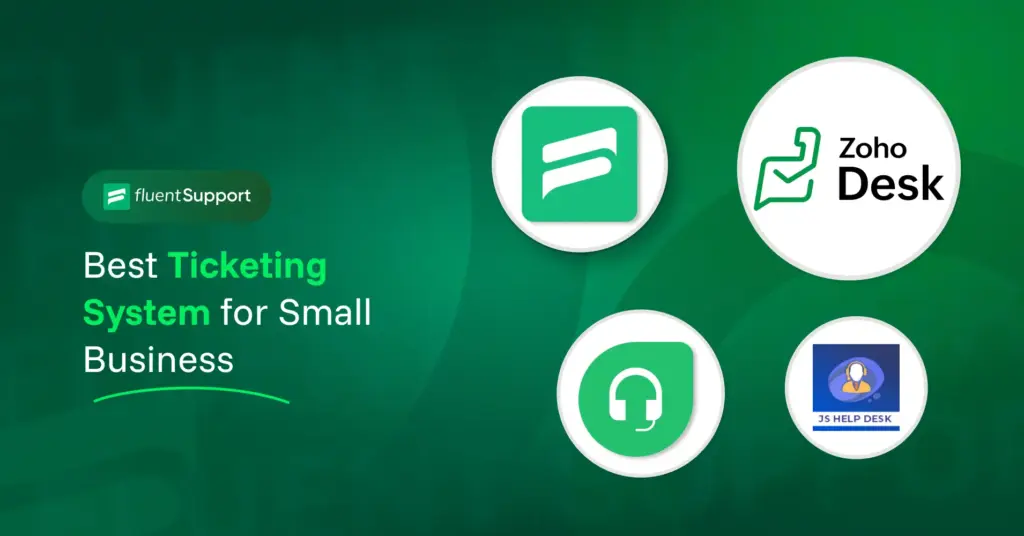
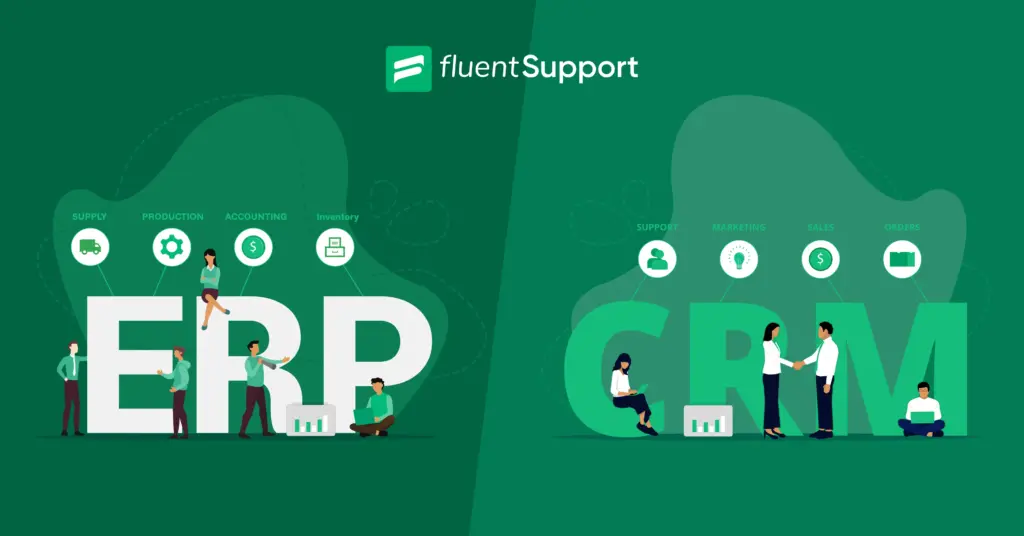
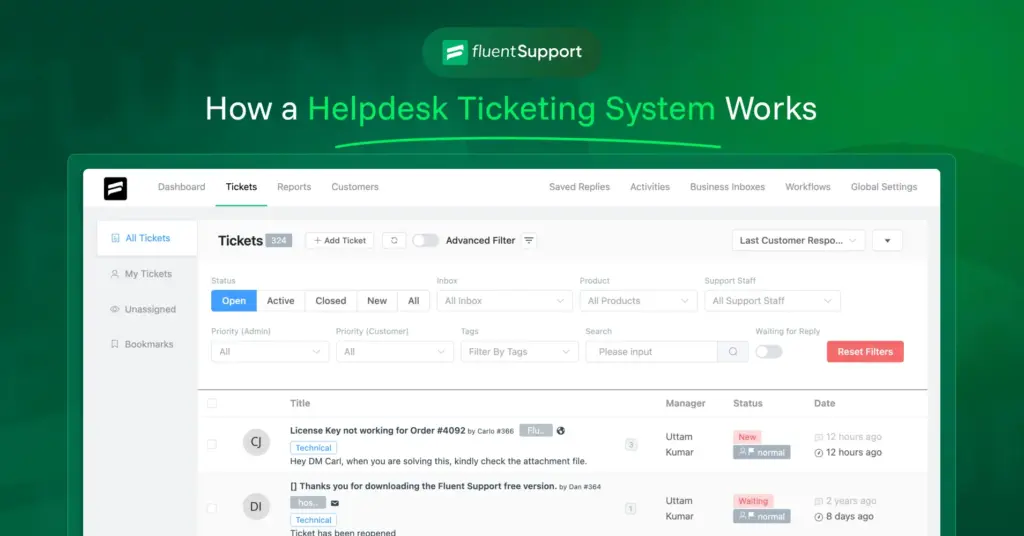
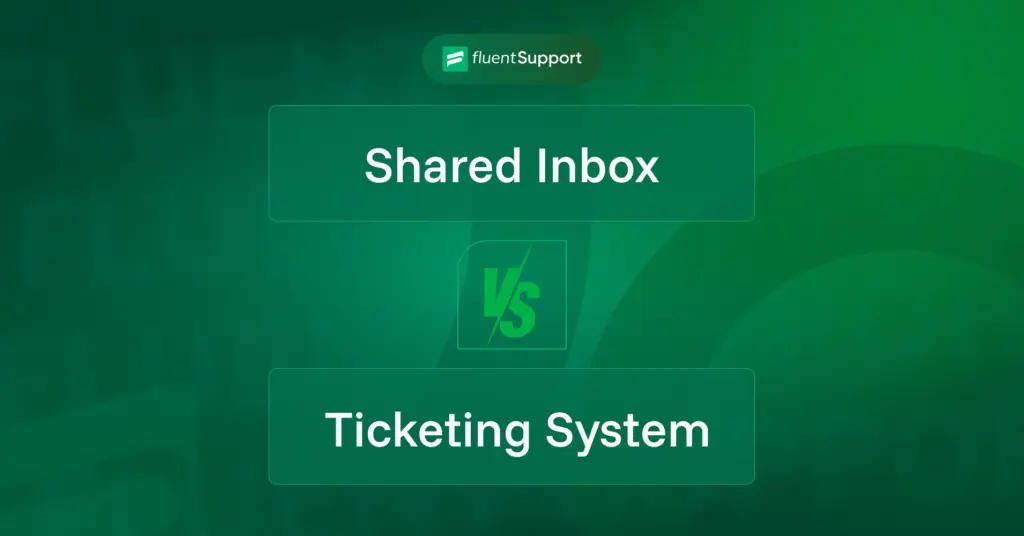
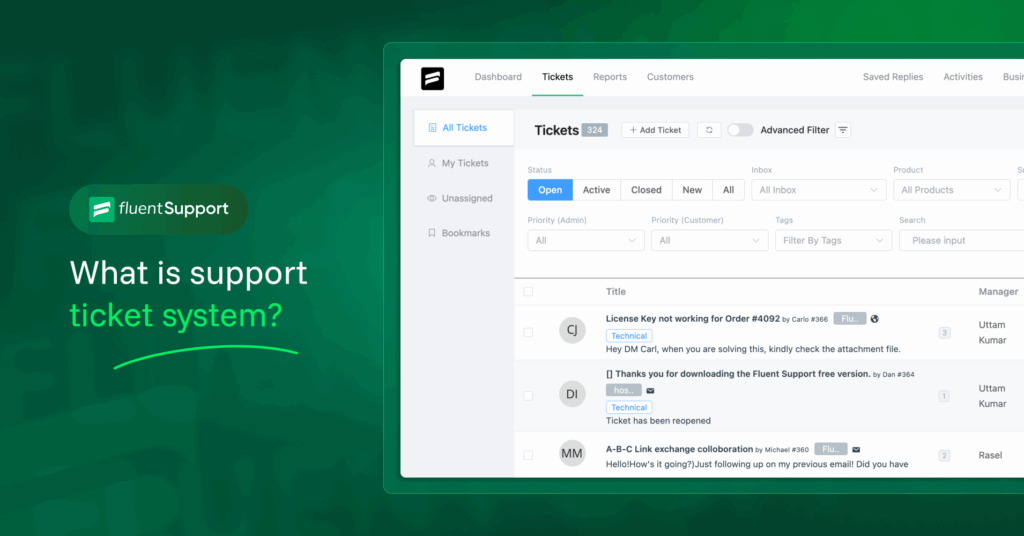


Leave a Reply